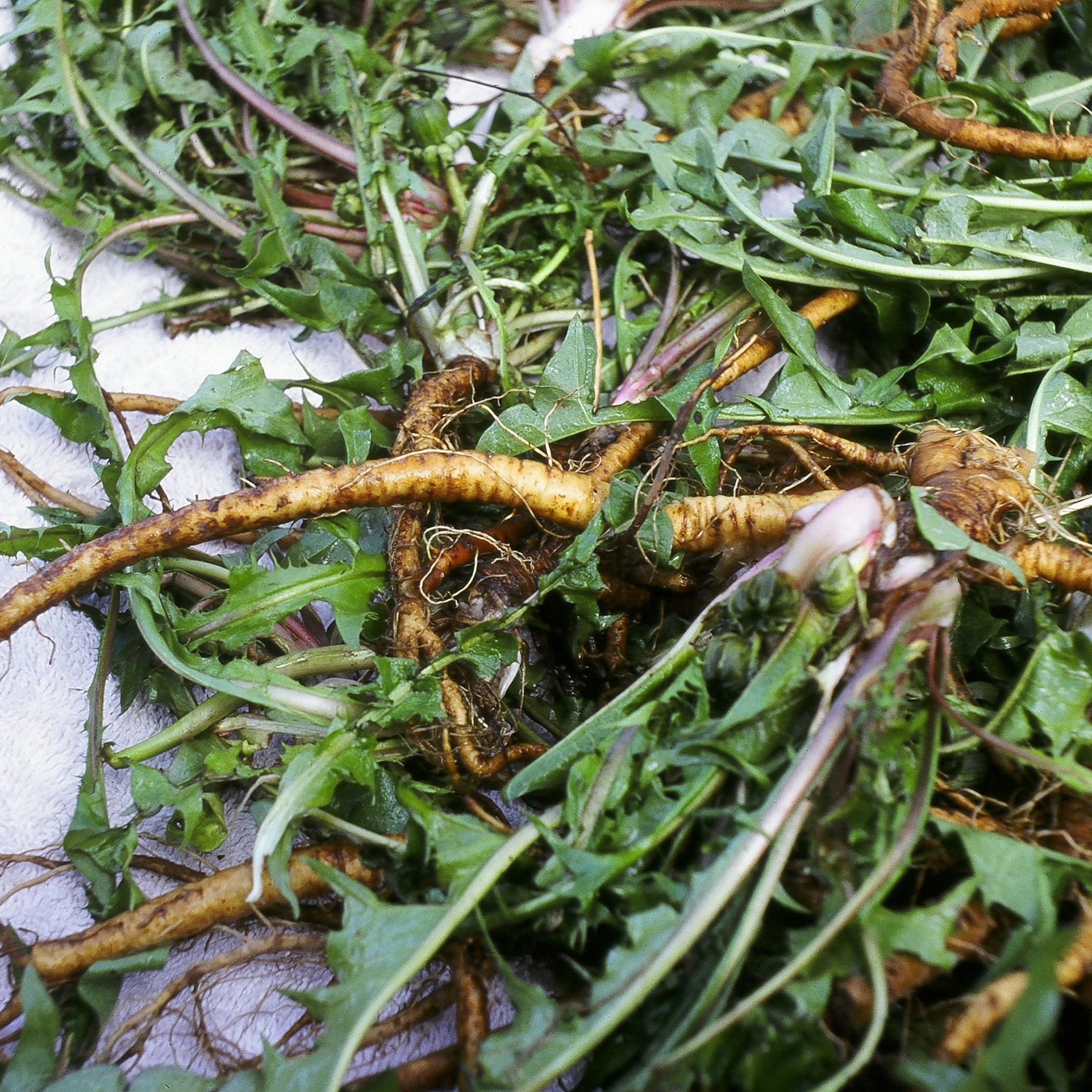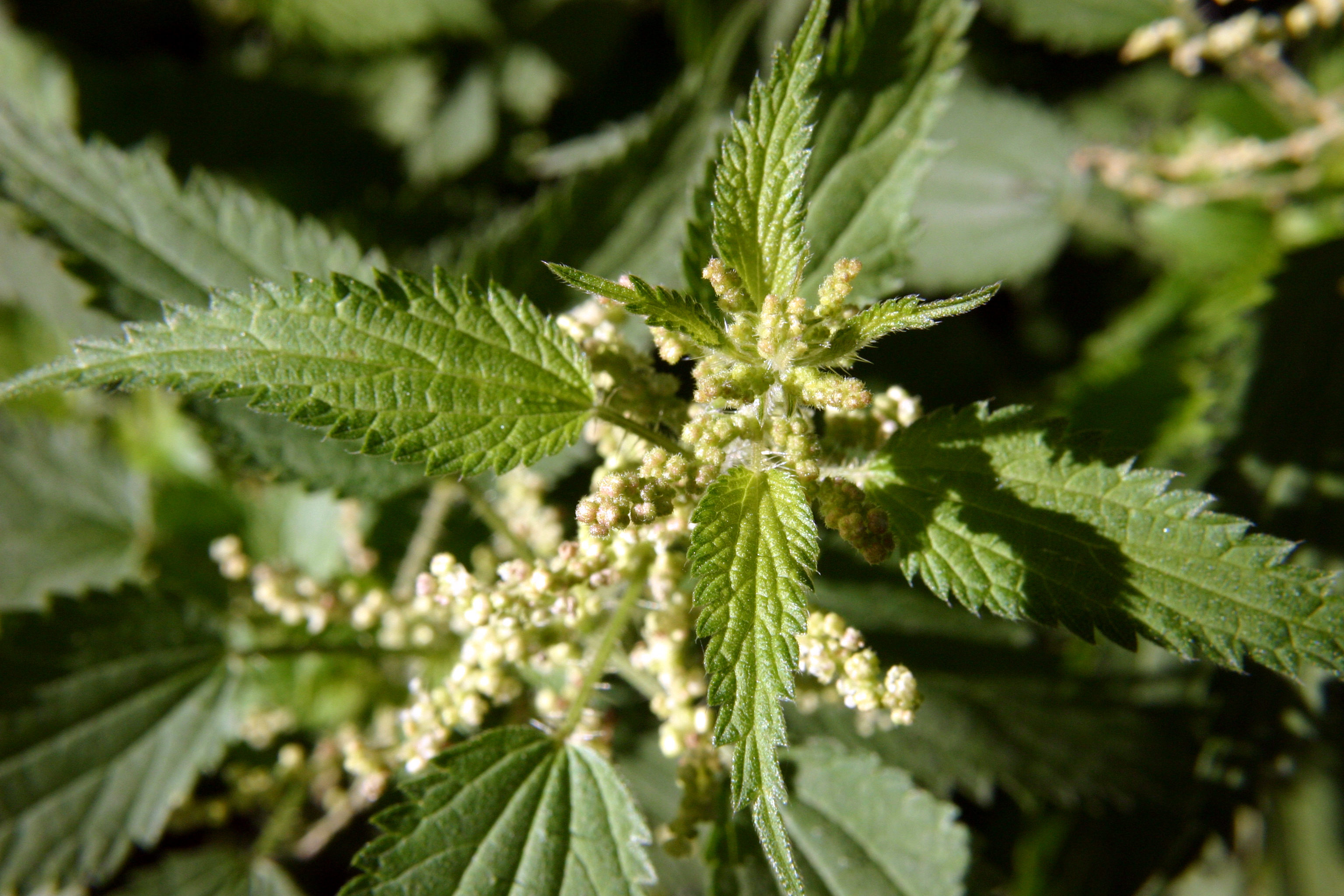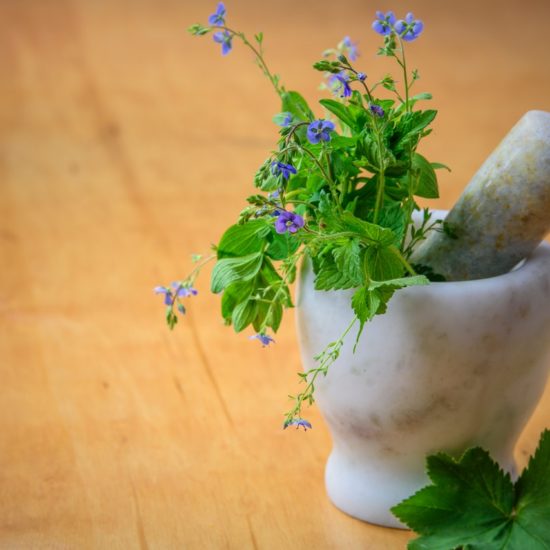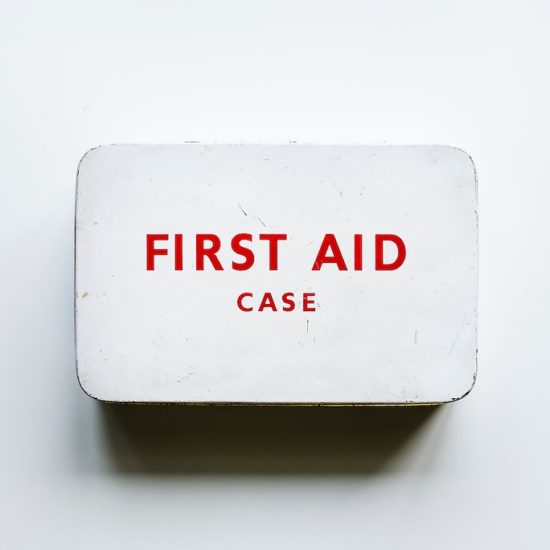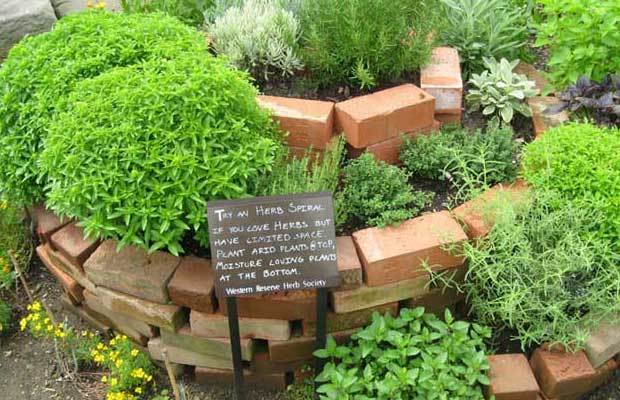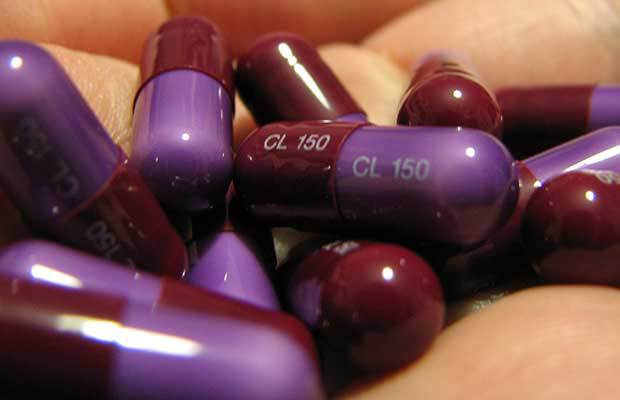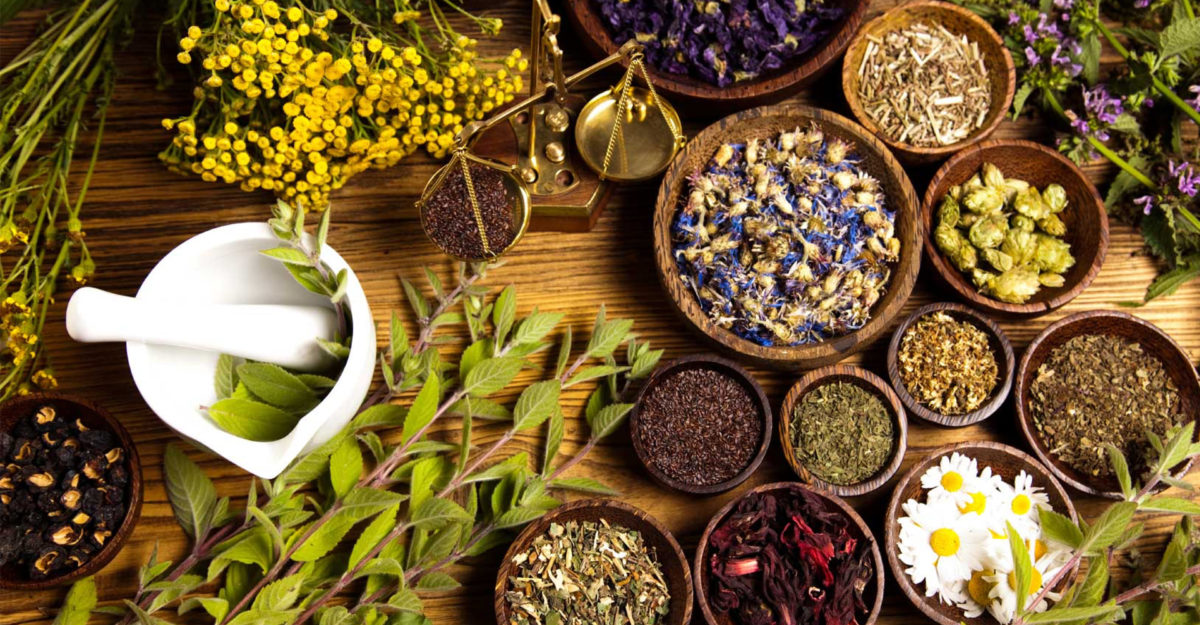
I recently found out that you really don’t need to hit the drug store or dip into your stash of meds each time the ouchie rolls your way. As unlikely as this may sound, nature does have its ways of healing the body, even though some concoctions and decoctions might look like something you would usually find in a witch’s hut.
If you have a backyard, then you must know how annoying weed-whacking can become. You really don’t need to have a degree in herbology to figure out that most of them are harmful to your garden, regardless if you planted veggies or roses.
Anyway, a couple of weeks ago, my wife asked me to help my in-laws with the garden. Yes, that included a lot of mowing, weed-whacking, pruning, and other stuff. It’s a thankless job, but somebody’s got to do it. Put my overalls on, grabbed my tools, and went out back to see what was growing there.
I kid you not when I tell you that I’ve stepped in treasure. Well, weed to some, riches to people like us. And so, instead of gathering everything and setting them on fire, I asked my father-in-law for garbage back. As you would imagine, I got back home with a bunch of casseroles and a trunk filled with weeds.
I chuckled a couple of times while driving, thinking what a police officer might say if he pulled me over and saw the trunk filled to the brim with some weird-looking weed.
So, after doing a little bit of chopping, cleaning, and cooking, I’ve decided to write this short and sweet piece about the herbs I’ve picked up from my in-law’s yard. All of them are top-notch plants. Some can be eaten, as in diced, mashed, and stuck in a broth, but most are used for medicinal purposes. No, they can’t heal every pain and pang in the world, but they’re very helpful in relieving some of them.
The best thing about the plants on my list is that you don’t even need to bother tending them – they literally spring up from the ground and, in fall, you would get yourself a nice backyard natural pharmacy. Here’s what I was thinking in terms of backyard plants used for preparing healing decoctions.
- Dandelion roots

Dandelions are there to remind us of the good things in life – a child’s laughter (unless it’s midnight and you don’t have a kid), the first romance, reading my awesome article. Anyways, probably most of you have picked up and blown on dandelion until all those tiny little flowers flew away. Fun fact: one of my best buds, who’s from Romania, told me that in his country this flower is called the hog’s fart.
Don’t know much about them, but can’t seem to find any association. Anyway, dandelion roots are what you’re really looking for – once you’ve plucked them from the ground and gave them a washing, they kinda resemble parsley roots. As for medicinal purposes, the roots of these plant can be dried up and use as a coffee replacement or made into tea.
It’s very healthy for those who like everything about coffee, except the caffeine (noticed no difference in taste either). Teas made from dandelion roots are great for stomach aches and for stimulating appetite. Don’t drink too much, though because it tends to have a powerful laxative.
2. Nettle

Remember what your mother used to say? Don’t go number two in the nettles because you’re going to get one Hell of a keister ache. True for the most part, but the things you can do with nettles.
For instance, the juice left behind by nettle roots after boiling them can be used to counter iron deficiencies. Moreover, teas made from this plant can help in reducing prostate swelling. The only annoying thing about preparing anything form nettle is the cleaning part. I for one use surgical gloves to clean them.
3. Raspberry leaves


Nothing beats the subtle and fragrant aroma of freshly-picked raspberry. Unfortunately, the leaves of this plant are often overlooked. Pity, because they’re great for a lot of things. For instance, I like to prepare my own teas by picking up an assortment of plant parts such as blueberry stems, raspberry leaves, mint, and elderberry.
You just leave them to dry for a couple of weeks, bag and tag and you have yourself a nearly endless supply of tea. As far as the health benefits are concerned, decoctions made from the leaves of raspberry work wonders on the digestive system. Also, according to the docs, teas made from the green part of this plant are known to boost fertility in women.
4. Jewelweed
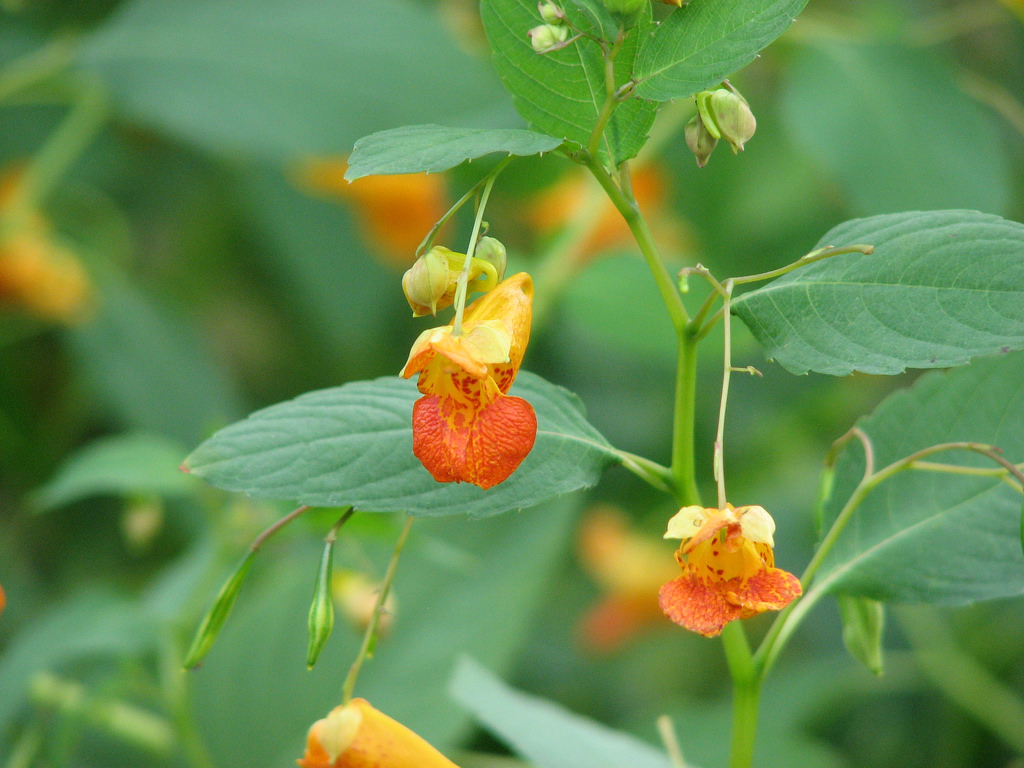

Also known as the Koh-I-Noor of plants due to its very distinct jewel-like aspect, jewelweed is an efficient poison buster. Tinctures made from the plant’s flower are used to treat sumac and oak poisonings. Moreover, if you have irritation after tiptoeing through nettles or getting too physical with ivy, a poultice made from jewelweed will quickly bring down the swelling.
5. Rosemary
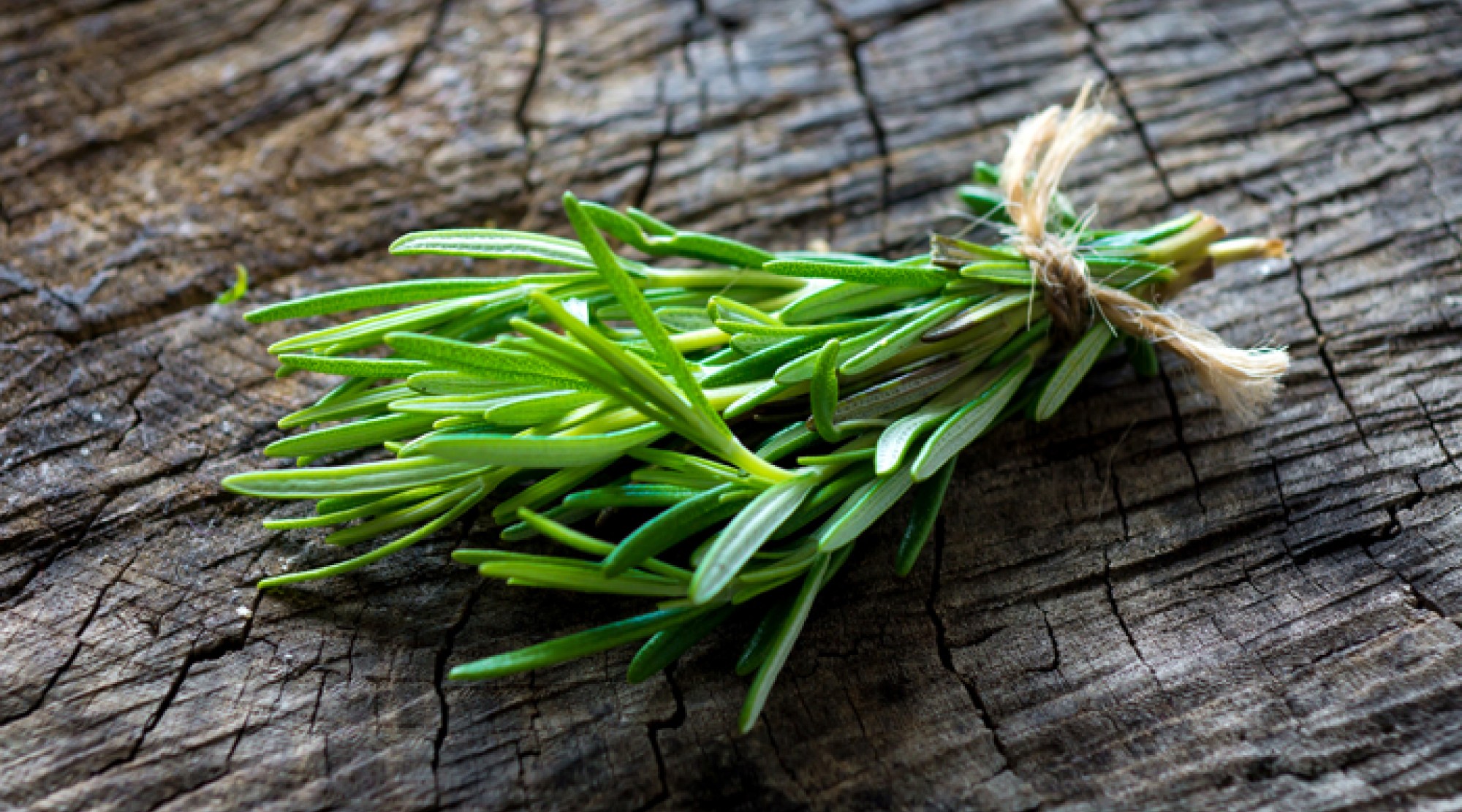

I know that I covered rosemary in a previous article, but I forgot to tell you about its medicinal values. Apart from getting along splendidly with any meat, rosemary is a great antibacterial agent. Rosemary teas can be used to clear up a throat infection. More than that, you can use dried rosemary to wish away awful smells from the room; yeah, just like incense.
6. Comfrey roots


Have to admit that this one’s a doozie. On the one hand, this plant’s stems, root, and flowers are very toxic, but only when taken internally. However, comfrey roots can be successfully employed in the treatment of laryngitis or other throat conditions, if they’re made into gargle. Moreover, some studies have shown that purified extracts from comfrey roots can enhance recovery in case of a bone injury.
That’s it for my backyard herbal apothecary. Hope you’ve enjoyed my article. Don’t forget to hit the comment to let me know your thoughts on medicinal herbs.


